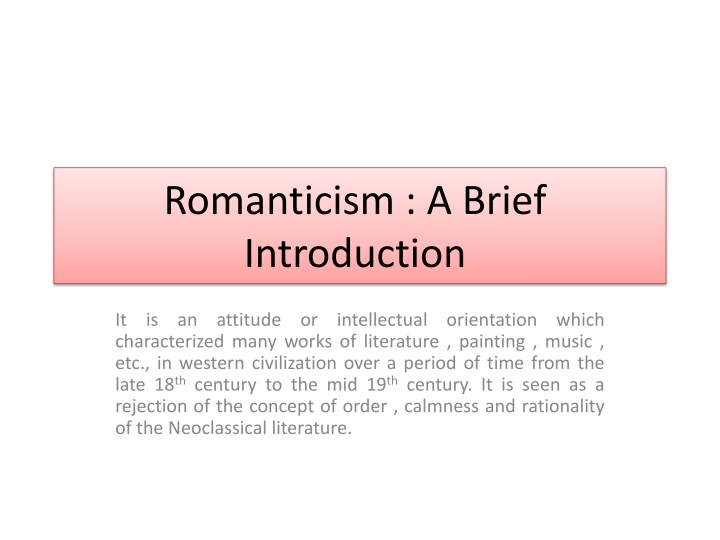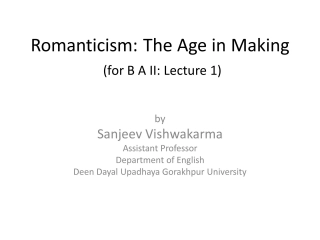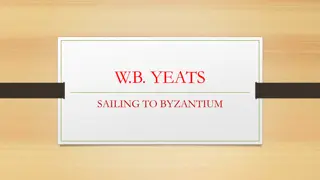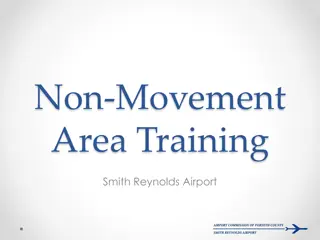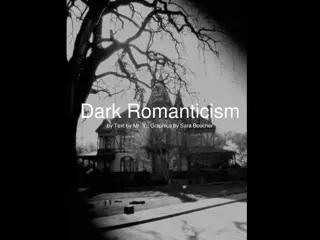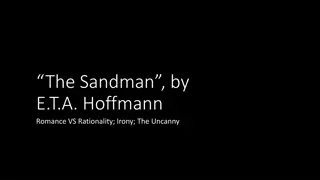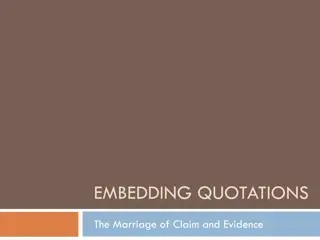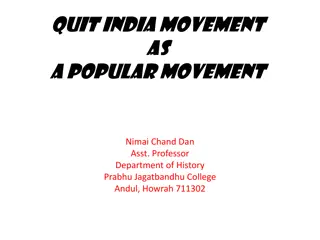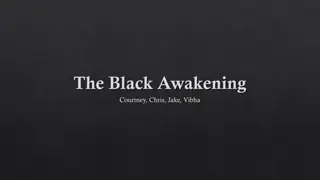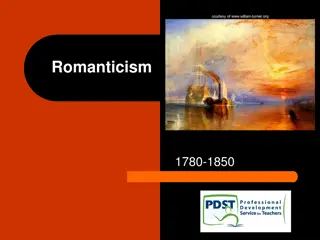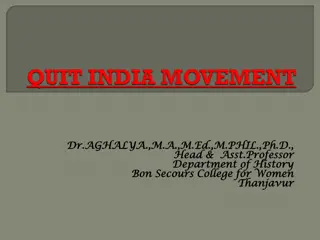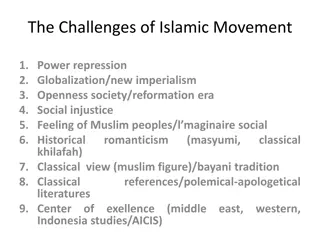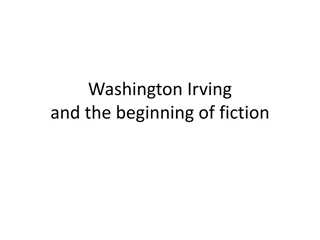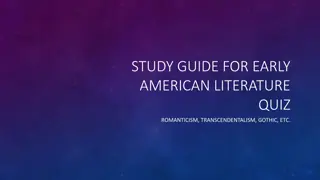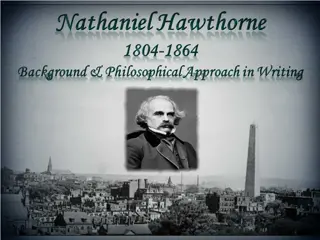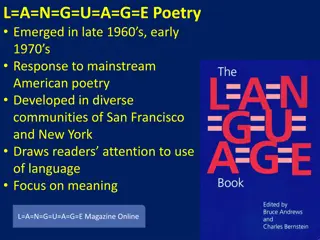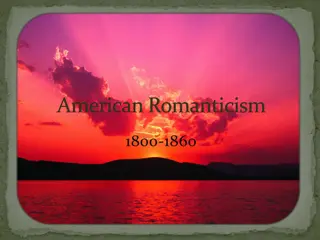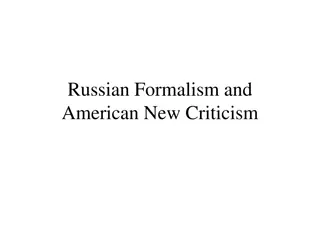Romanticism: A Brief Introduction to Literary Movement
Romanticism, a significant literary movement from the late 18th to mid-19th century, emphasized individuality, subjectivity, emotion, and the supernatural. It marked a departure from Neoclassical ideals of order and rationality. Key characteristics include subjectivity, spontaneity, love of the supernatural, melancholy, and a deep connection to nature. Romantic poets expressed their emotions freely, often drawing inspiration from nature and the past, while rejecting artificiality and celebrating simplicity in theme and language.
Download Presentation

Please find below an Image/Link to download the presentation.
The content on the website is provided AS IS for your information and personal use only. It may not be sold, licensed, or shared on other websites without obtaining consent from the author.If you encounter any issues during the download, it is possible that the publisher has removed the file from their server.
You are allowed to download the files provided on this website for personal or commercial use, subject to the condition that they are used lawfully. All files are the property of their respective owners.
The content on the website is provided AS IS for your information and personal use only. It may not be sold, licensed, or shared on other websites without obtaining consent from the author.
E N D
Presentation Transcript
Romanticism : A Brief Introduction It characterized many works of literature , painting , music , etc., in western civilization over a period of time from the late 18thcentury to the mid 19thcentury. It is seen as a rejection of the concept of order , calmness and rationality of the Neoclassical literature. is an attitude or intellectual orientation which
Romanticism : A Brief Introduction Romanticism emphasized the individual , the subjective , the irrational , the emotional and the supernatural . The birth of this school in English poetry was in 1798 with the publication of the Lyrical Ballads by W . Wordsworth and S.T. Coleridge. In the Preface to the second edition , Wordsworth laid down the principles of writing poetry such as the simplicity of language and subject matters ,the return to human heart , imagination , legend. As a historical period , English Romanticism extends from 1798 to 1830 s when queen Victoria came to the throne of England and all the romantic poets except Wordsworth were dead.
Characteristics A . Subjectivity : All the Romantic poetry is subjective . The poet does not care for rules and regulations but gives free expression to his own emotions. The poet writes according to his own fancy and Romantic poetry then is fanciful and introspective. B. Spontaneity : Romantic poetry is the spontaneous overflow of powerful feelings. The poet feels more than there is to feel and sees more than there is to see. Even ordinary objects and incidents excite his imagination .Poetry , for him , is not a craft but inspiration . The poet does not care for the perfection of form or clarity of expression. The result is often vagueness and obscurity.
Characteristics C. Love of the supernatural : The Romantic poet feels the existence of unseen powers in nature. The unseen is more real for him than the real world of senses . He is attracted then to stories of ghosts and witchcraft. This often makes Romantic poetry mystical and remote from everyday life experiences. D. Melancholy : The Romantic poet is a dissatisfied individual . He may be dissatisfied with circumstances of his own life , with his own age , with the literary conventions of the day or with the general fate of humanity . Romantic poetry then is pessimistic in tone.
Characteristics E. Love of nature : poets may escape into nature for its beauty which characterizes all Romantic poetry. Romantic poetry carries us far away from the crowded city atmosphere into the fresh atmosphere outdoors. F. Love of nature leads the Romantic poets to love simple people who live in the lap of nature. The Romantic poets then show sympathy for the poor and common people. G. Romanticism is a revolt against all artificiality ; it stands for simplicity in theme and treatment .Not only the Romantic poets sympathize with the common man , but also they use his own simple language for their purposes. H. Interest in the past particularly the Middle Ages :The Middle Ages have a special fascination for the Romantic poets for they not only provide them with a means of escape from unpleasant reality but also delight their heart with color and music. interest in the past leads the Romantic poets to experiment with meters and poetic forms such as the Spenserian stanza , the ballad meter blank verse , the lyric , the ode and the sonnet.
London by William Blake Form : London From Songs of Experience is a poem of 16 lines composed of 4 quatrains with alternate lines rhyming. Analysis The poet focuses on the condition of London which obviously does not set a good example . Each stanza of the poem points out ways in which the British monarchy and laws cause human suffering . The poem is written in the first person and tells of the narrator s observations as he walks through the streets of London. Stanza 1 opens near the River Thames , the heart line of British Empire , it connects London with the rest of the world. The speaker wanders through each charter d streets that happens to be Near where the charter d Thames does flow . The word charter d is repeated twice through which the poet suggests that the streets of London and even the River Thames are the subject of the government control. In other words , all the streets of London become private that no one could walk freely through them. It is only for few special people .
Analysis The speaker then challenges the city system by walking aimlessly through these streets. He is able to mark or observe marks of weakness marks of woe in every face he meets. Everybody seems tired , hurt and in pain. He hears fear and repression in every voice of them. People are oppressed by the authority and are unable to express their feelings . There is restriction on every cry of men as they are mentally restricted by kings and priests ( protectors). The images of the chimney sweeper, the hapless soldier and the prostitute (stanza 4) stand for aspect of city life.
Analysis We see exploited children depraved of happy childhood , a young man who is condemned to die in war and debased love (the protected). The poet blames the priests for frightening children with their severe religious and moral teachings and the king for shedding the blood of helpless soldier. The fourth stanza depicts the gloomy future of London inhabitants . The nighttime holds nothing more promising ; the prostitute curses marriage because the new born baby is condemned to die being infected with venereal disease. The poet refers to syphilis, which was wide spread at the time, as a symbol for all that is wrong with London. regeneration then are tainted by the blight of venereal disease. The final image of marriage hearse is vehicle in which love and desire combine with death and destruction . Rebirth and
